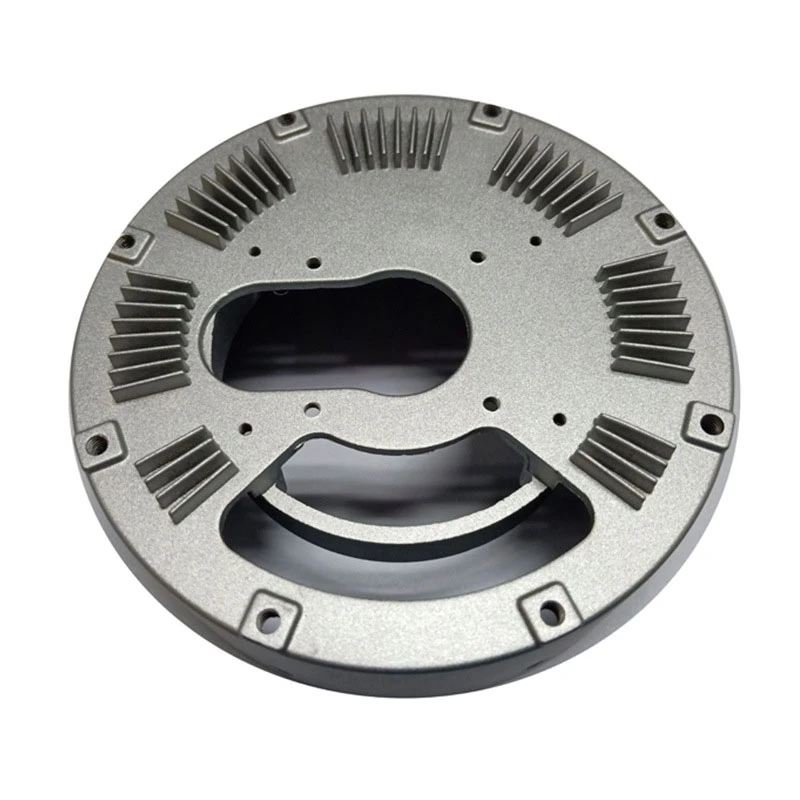Common Issues in Die Casting and Their Solutions for Improved Quality
Understanding Die Casting Defects Causes and Solutions
Die casting is a widely used manufacturing process for producing metal parts with high precision and dimensional accuracy. While it offers numerous advantages, such as enhanced mechanical properties and complex geometries, it is not without challenges. One significant aspect of die casting is managing defects, which can adversely affect product quality and increase production costs. This article explores common die casting defects, their causes, and potential solutions to mitigate them.
Common Die Casting Defects
1. Porosity Porosity refers to the presence of small voids or cavities within the cast part, which can compromise its mechanical properties. It is often caused by trapped air or gases during the injection process.
2. Cold Shuts This defect occurs when two streams of molten metal do not fuse properly, resulting in a visible line or seam on the surface of the part. Cold shuts are typically a consequence of insufficient die temperature or inadequate metal flow.
3. Misruns A misrun happens when the molten metal fails to completely fill the die cavity, leading to incomplete parts. This can result from low injection speed, early solidification of the metal, or poor die design.
4. Flash Flash is excess metal that flows out of the die during casting, forming thin protrusions on the finished part. It is usually caused by improper clamping of the die or excessive injection pressure.
5. Surface Defects Surface defects, such as scratches, blemishes, or rough textures, can affect the aesthetic and functional aspects of the cast part. These may arise from die wear, inadequate cleaning, or improper handling.
6. Warping Warping refers to the distortion of the cast part after it has cooled and solidified. This defect can be attributed to uneven cooling rates, residual stresses, or poor die design.
Causes of Die Casting Defects
Understanding the root causes of die casting defects is crucial for effective prevention
. Several factors contribute to these issues, including- Material Quality The characteristics of the metal alloy used can significantly impact the casting process. Impurities or incorrect alloy compositions can increase the risk of defects.
- Process Parameters Key parameters such as temperature, pressure, and injection speed must be meticulously controlled. Deviations from optimal settings can lead to defects.
die casting defect

- Die Design and Maintenance The design of the die itself plays a critical role in preventing defects. Poorly designed dies can lead to uneven metal flow and insufficient venting, while inadequate maintenance can increase wear and tear.
- Operator Skill Skilled operators are essential for the success of the die casting process. Lack of training or experience can result in mistakes that lead to defects.
Solutions to Minimize Die Casting Defects
To mitigate die casting defects, a multifaceted approach is essential. Here are some effective strategies
1. Material Selection and Testing Ensure that high-quality materials are chosen for the casting process. Conduct thorough testing to verify the alloy's properties and suitability for die casting.
2. Optimizing Process Parameters Regularly monitor and adjust critical parameters such as melting temperature, injection speed, and cooling rates. Implementing advanced simulation tools can help predict and refine optimal process conditions.
3. Improving Die Design Collaborate with experienced die designers to create dies that promote efficient metal flow and adequate venting. Consider using cooling lines to manage temperature distribution effectively.
4. Routine Maintenance Implement a regular maintenance schedule for dies and machinery to prevent issues related to wear and tear. Keep the die surfaces clean and well-lubricated.
5. Training and Skill Development Invest in ongoing training for operators to ensure they are well-versed in die casting techniques and best practices. A skilled workforce is vital for maintaining quality.
6. Implementing Quality Control Systems Establish robust quality control measures throughout the casting process. This can involve inspecting parts at various stages and using statistical process control methods to track performance.
Conclusion
Die casting is a powerful manufacturing method, but it can be prone to various defects that impact quality and efficiency. By understanding the common defects, their causes, and implementing strategic solutions, manufacturers can enhance their processes, reduce waste, and improve the overall quality of their cast products. Continuous improvement efforts in die casting practices not only increase customer satisfaction but also contribute to the long-term success of manufacturing operations.
-
Precision Casting AI Solution with GPT-4-Turbo | Optimized QualityNewsAug.02,2025
-
Precision Sheet Metal Stamping Manufacturer | Fast & ReliableNewsAug.01,2025
-
OEM Sand Cast Pump Valve Fittings - Baoding Hairun Machinery And Equipment Trading Co., Ltd.NewsAug.01,2025
-
Custom OEM Impellers | High Efficiency & PrecisionNewsAug.01,2025
-
OEM Sand Cast Pump Valve Fittings - Baoding Hairun Machinery | Customization, Quality AssuranceNewsAug.01,2025
-
OEM Sand Cast Pump Valve Fittings - Baoding Hairun Machinery And Equipment Trading Co., Ltd.NewsAug.01,2025















